
Climate Effects on Farm Animals
April 24, 2024, 1:06 pm
Climate is the long term general weather conditions prevailing in a place. Climate plays an important role in animal production and management.
Climate Effects on Farm Animals
Elements of climate have direct and indirect effects on farm animals. Climatic factors or elements such as rainfall, wind, temperature, relative humidity, sunlight, solar radiation have influence on animal distribution and production.
RAINFALL EFFECTS ON FARM ANIMALS
Rainfall determines the seasons e.g. rainy (wet) and dry seasons. The wet and dry seasons in turn determine type, amount and distribution of forages found in different parts of the country. Total annual rainfall decreases as you move south to the north of West Africa.
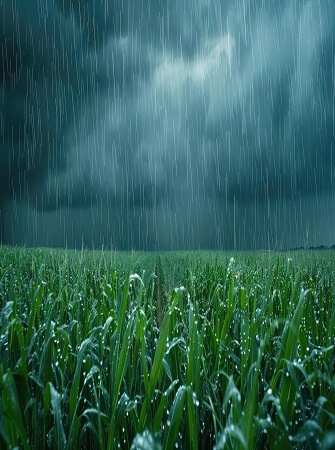
The type of forage in the north is essentially grasslands which are sparsely distributed with low trees, but abundance of grasses suitable for grazing. However, in the south, high rainfall results in the production of forests. Cattle are more distributed in the north where there is less threat of trypanosomiasis while poultry, pigs and other monogastric animals are popular in the south.
More cattle owners have been reported to be settling in the southern derived savannahs as a result of reduced habitat for tsetse flies caused by increasing cultivation practices. High rainfall leads to rapid spread of animal diseases compared to the drier areas.
Heavy rainfall leads to flooding and erosion causing destruction of farm lands and loss of forage crops and even in extreme cases, loss of farm animals. It is not possible to grow feed ingredients all year round except with irrigation hence feed ingredients are very scarce at certain periods of the year.
WIND EFFECTS ON FARM ANIMALS
In Nigeria, the southwest winds bring in rain while the north-east trade winds bring harmattan and dry season. High wind encourages the spread of air-borne diseases. Strong wind may also lead to the destruction of browse plants for ruminants and farm structures.

TEMPERATURE EFFECTS ON FARM ANIMALS
Adequate temperature is necessary for grass and legume seeds to grow. High environmental temperature causes heat stress in farm animals. It reduces the performance of farm animals. For example, in poultry, there is reduced feed intake, drop in the quality and quantity of eggs produced, sudden death of birds, reduced sexual activity (reduced libido), low level of ovulation and reduced spermatogenesis. Other farm animals are also affected.
High environmental temperature can also reduce the secretion of sexual hormones in farm animals. The performance of humans and draught animals is reduced during high temperatures. While in mammals it can lead to reduced feed intake, reduced growth, drop in milk production, abortion of fetuses etc.
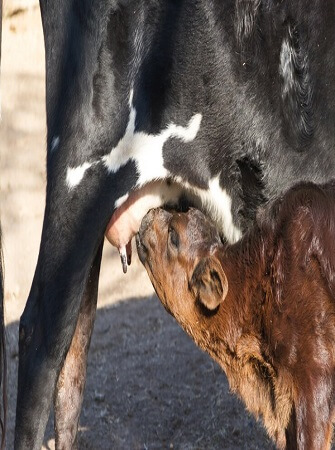
Temperature is important in the brooding of chicks. High environmental temperature leads to spoilage of animal products e.g. milk spoilage occurs at a temperature of 37°C. In hot ambient temperatures, roaming animals seek shade under trees.
SUNLIGHT EFFECTS ON FARM ANIMALS
Light is essential in supplying the required energy for photosynthesis. Different feedstuff will grow in different areas with different wavelengths. Sunlight also promotes the synthesis of Vitamin D3 in farm animals.
RELATIVE HUMIDITY EFFECTS ON FARM ANIMALS
Low relative humidity causes high rates of evaporation and transpiration which causes wilting of forage crops. The type of forage crops established in an area is also determined by relative humidity. In the north, the relative humidity is low and crops like wheat can be raised during the harmattan.
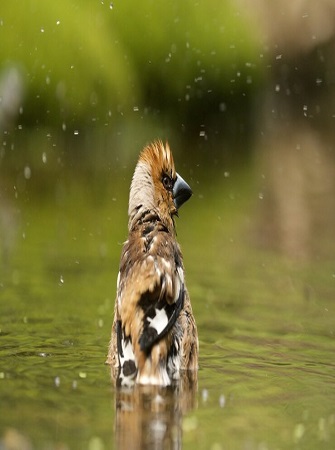
High relative humidity leads to heat stress in farm animals. High relative humidity also affects feed intake and production in farm animals. Amount of relative humidity determines the type of pests and diseases prevalent in an area e.g. tsetse fly and trypanosomiasis are common in the humid forest areas of Nigeria. High relative humidity also leads to rapid proliferation of pathogens.
SOLAR RADIATION EFFECTS ON FARM ANIMALS
High intensity of radiation causes heat stress in farm animals and thus reduces their growth, production and reproduction. To prevent negative effects of high radiation, adequate housing should be provided for farm animals.
EFFECTS OF HEAT ON FARM ANIMALS
Heat stress occurs when an animal heat load is greater than its capacity to lose heat.

The animal reacts with heat stress by several physiological and behavioural changes which include:
- Increase of body temperature
- Increased respiration rate
- Increased water consumption
- Decreased feed intake
- Slow rate of feed passage
- Slow blood flow to internal organs
- Altered endocrine secretions
- Depression in productive and reproductive performances
- Seeking shade
- Perspiration (sweating in animal with sweat glands)
How livestock farmers can combat the negative effects of adverse climatic conditions:
- Design correct orientation of appropriate housing for animals with cooling systems
- Commercial farmers can install temperature controlled environment by installing air conditioners and humidifiers
- Provide shade on grazing lands by planting of trees
- Give adequate amounts of balanced rations
- Adopt good control measures for pests and diseases
- Farmers should keep breeds of animals that are well adapted to local climates
- Livestock farmers should avoid building farm structures on flood plains, valleys and other flood prone areas
- Drainages should be constructed for the diversion of water away from farm structures
- Inclusion of anti-stress agents in feed and water
- The length of building housing farm should run from east to west

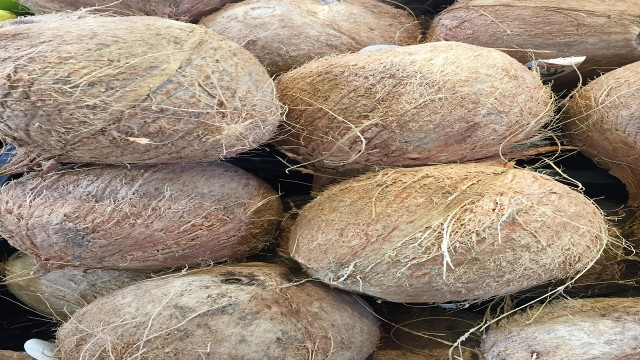



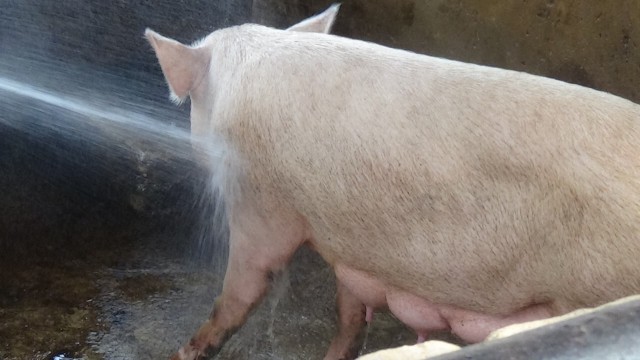

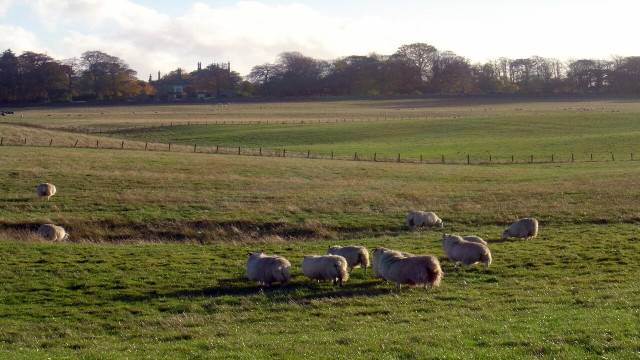
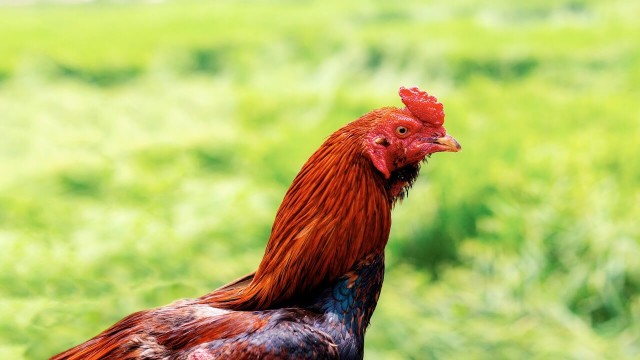

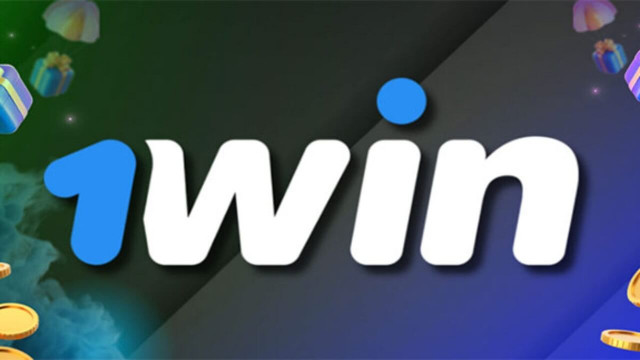
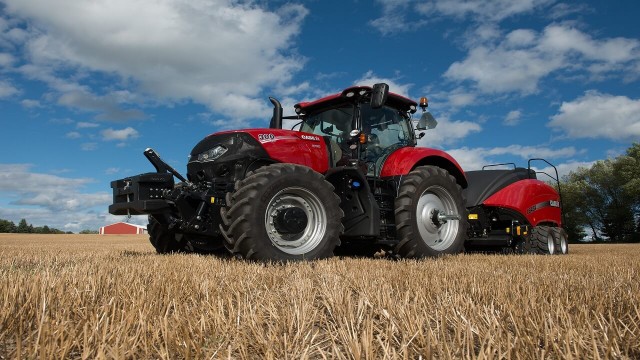
Share This Article: